"It was Citroën's illegitimate, palsied baby, and the company disowned her. Shameful, right? The BX based 4TC didn't exactly light up the sky like a flame, its best result being a sixth place in the 1986 Swedish Rally - and "

Homologation Specials
Six race cars with number plates that you can own
When standard ‘road-going’ spec isn’t enough…
The act of homologating a car is a scarce thing in modern racing. Back in the day though, it was a carmakers way of entering a motorsports series while giving designers and engineers a chance to go above and beyond on the wild factor – all with a pair of number plates.
Here, we run through six of the greatest racing specials that you can actually own.
2005 BMW 320si
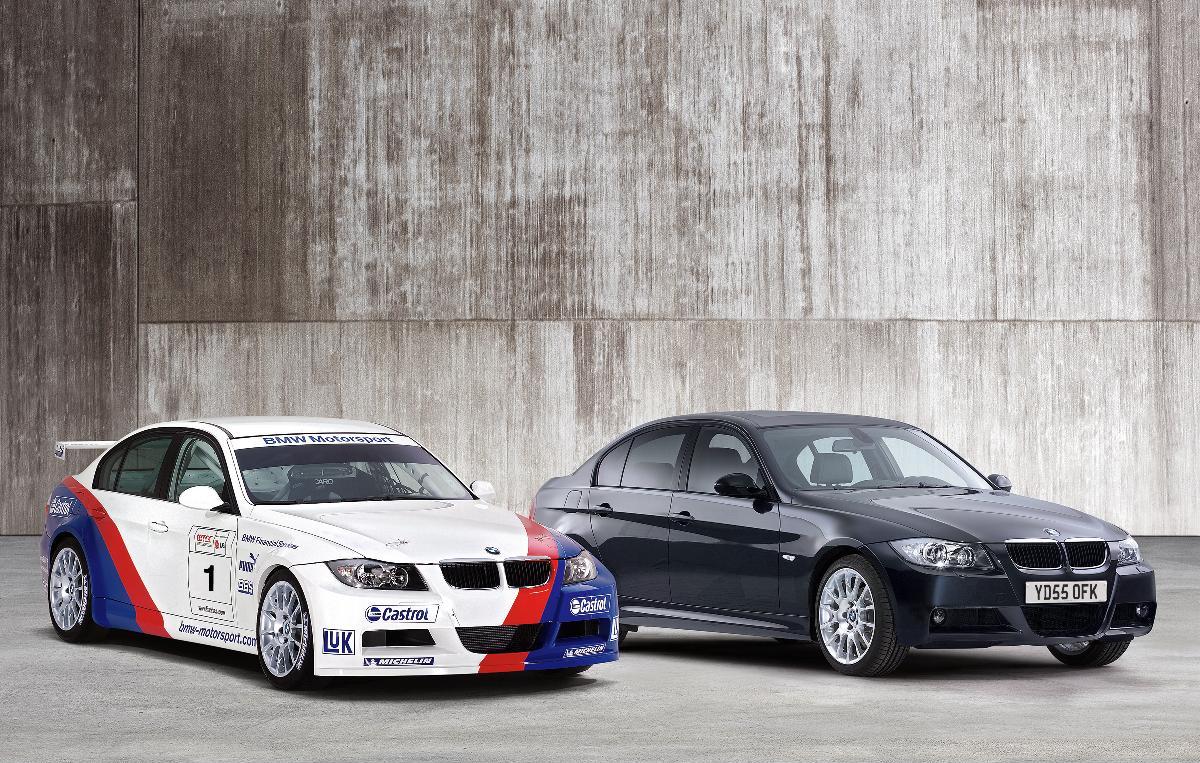
In 2005 BMW managed to make the average saloon car a whole lot more interesting by building this, the 320si.
Just 2600 of saloon models were built to satisfy the regulations of the FIA World Touring Car Championship (WTCC). Featuring a hand-built, higher-revving version of regular 2.0-engine with a cylinder head cast alongside BMW’s F1 engines of the time. It also got a carbon cam cover (saving 10kg), bigger brakes and special wheels to make good use of its 171bhp (a 23bhp increase) completing the 0-62mph sprint in 8.1 seconds before topping out at 140mph – all thanks to all that lovely WTCC spec engineering.
1995 Nissan Skyline R33 LM
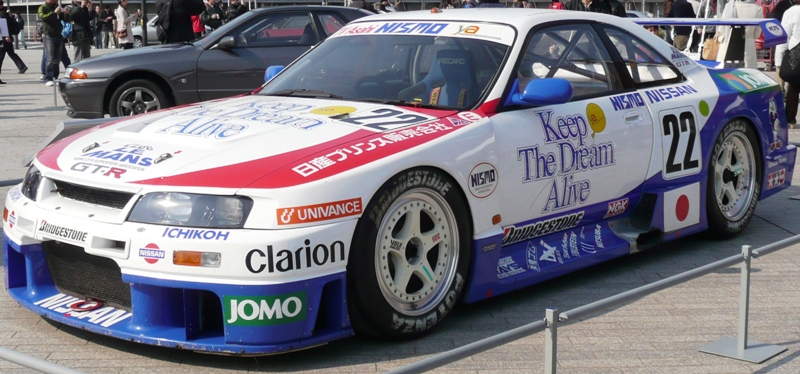
This Nissan Skyline R33 LM was a result of Le Mans homologation rules that were licence to do pretty much anything you wanted. Unlike the regular R33, this LM-spec special has rear-wheel drive, a twin-turbo straight-six engine producing 400bhp, and a stripped-out shell weighing in at 1,150kg dry.
Want one? Well, you can’t. As Nissan only ever built one – which was coincidentally enough to meet the rules.
1986 Citroen BX 4TC

In 1986 Citroen commissioned 200 BX 4TCs to compete in Group B. These road-going variants were 200bhp flared-arch monsters capable of 0-62mph in 7.1 seconds, topping out at 138mph. The problem was that Citroen was rubbish at rallying, with a sixth-place finish being their best result.
A year later in 1987, things got worse for Citroen when Group B was banned with only 86 cars sold. So, what did they do to fix this expensive mess? They tried to buy them all back of course. During which most were destroyed or stripped leaving around 40 surviving cars today.
1998 Toyota GT-One
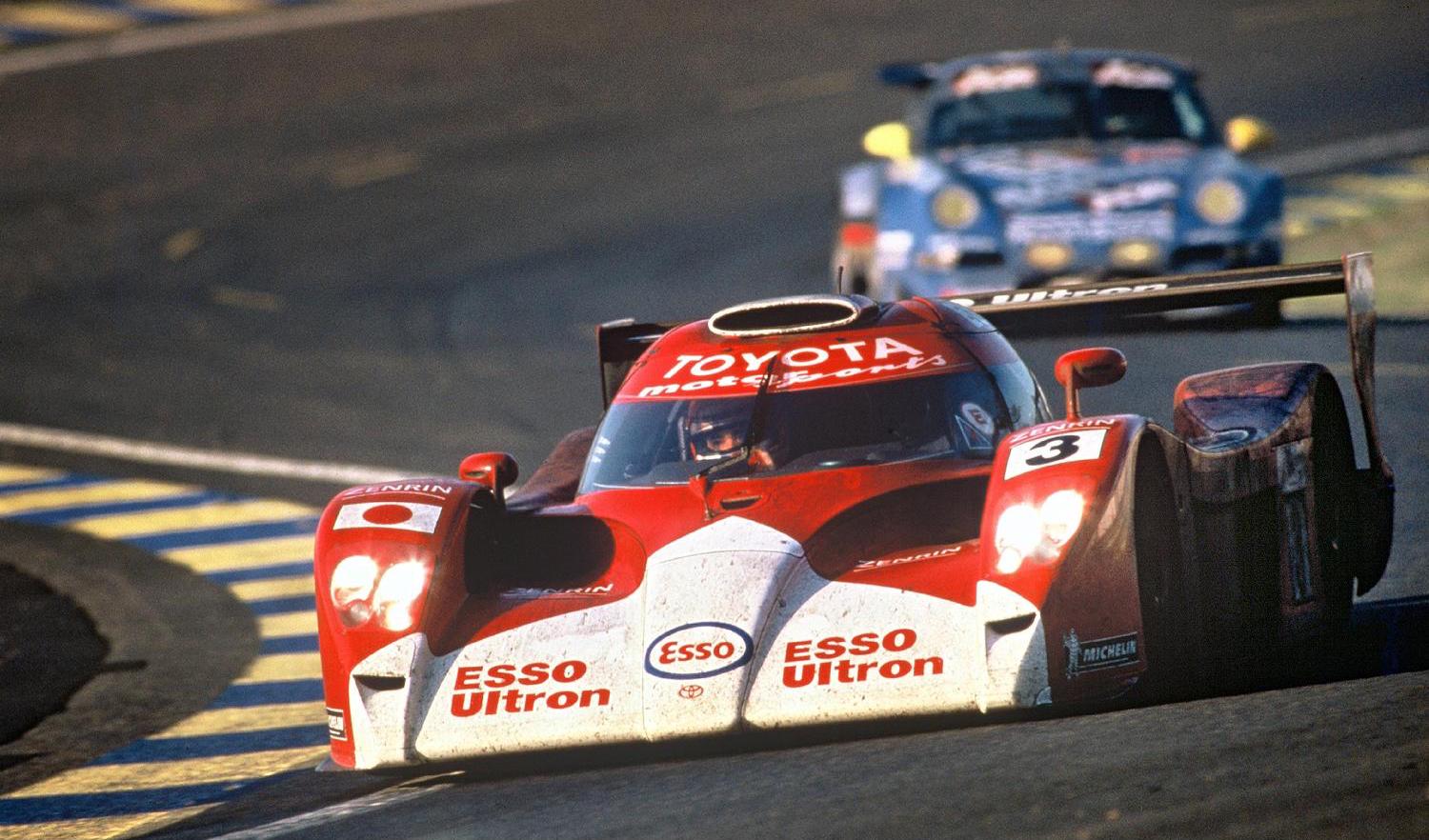
The FIA GT1 class yielded some of the most insane racers of the 1990s thanks to playing loose with the homologation rules. The Toyota GT-One was all very un-Toyota like, being utterly mad compared to anything else they produced at the time.
Somehow, this insane machine managed to be road-legal with two being built. Making you think – how did Toyota get away with it?
1997 Mitsubishi Pajero Evolution
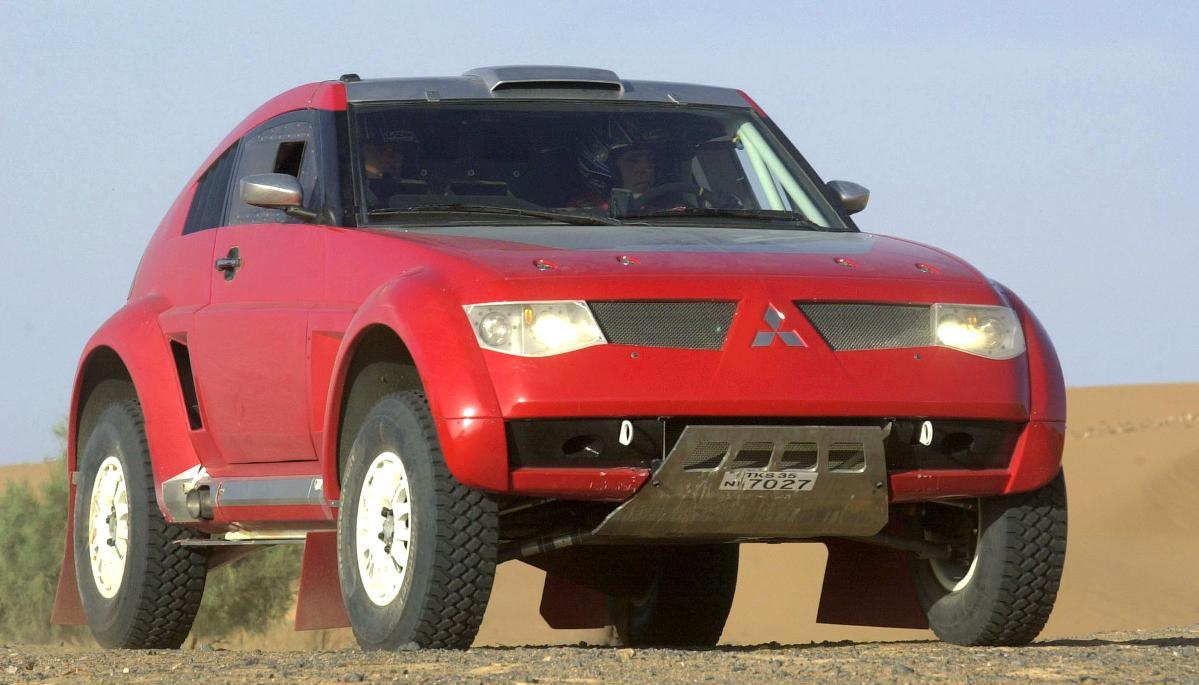
Say the word ‘Mitsubishi’ to rally fans, and they will automatically think of a Lancer Evo. But, unbelievably, the famed “Evolution” badge was once worn by a Pajero of all things.
Yes, a big and very tall SUV got the full Evo treatment when Mitsubishi built 2500 extreme-dirt ready versions to homologate a competition variant for the Dakar Rally. Boasting tougher long-travel suspension, a 280hp 3.5-litre V6 and a widened track. It was a Lancer Evo on stilts. And despite weighing in at 1,970kg dry, it could crack 0-62mph in 8.5 seconds with 130mph maximum velocity.
1998 Subaru Impreza 22B STI
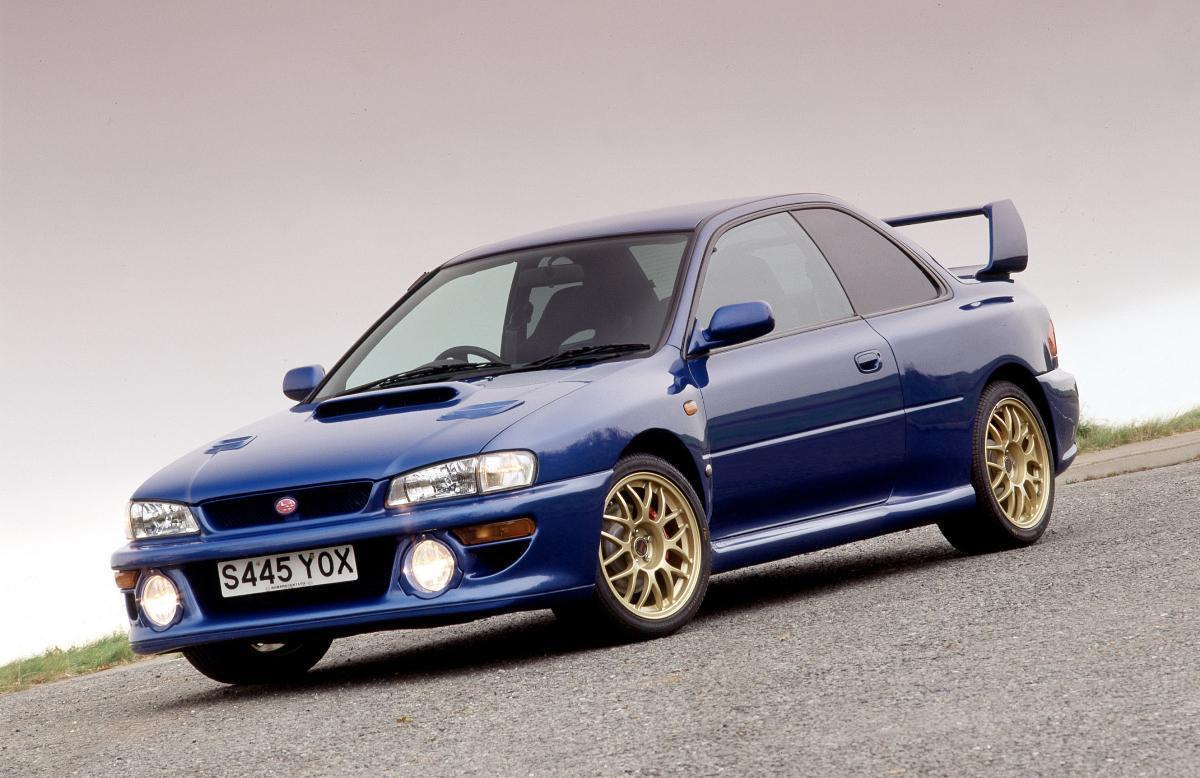
OK, this is not strictly a homologation special – think of it as a 424-car celebration to mark Subaru’s 40th birthday, and a trio of back to back World Rally Championship constructor titles (’95, ’96, and ’97).
These special Imprezas were minus a pair of doors, also receiving massively flared bodywork, rally-spec bumpers, a colossal rear wing and stunning gold BBS wheels.
Power came from a tweaked 2.2-litre version of the EJ20 motor – including a huge turbo, forged pistons and a massive intercooler. The net result being 0-60mph (unofficially) in 4.5 seconds and a world wishing they’d made more of them.
CLICK TO ENLARGE










